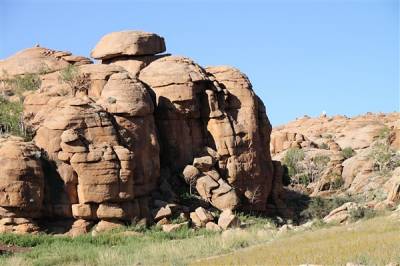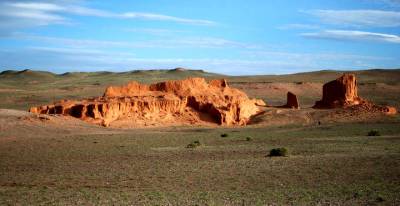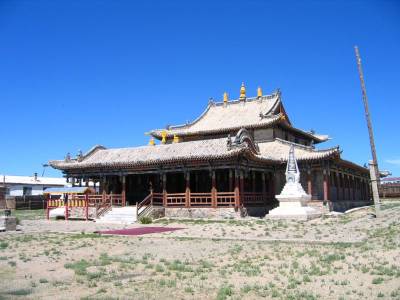9:50 AM Middle gobi Mongolia | |
|
The chestnut fields and rough outcrops of Middle Gobi region extend more than 78'000 square kilometers of domain between Tuv area and the South Gobi. The northern piece of the territory is relatively green, yet the southern region looks more like the Gobi Desert. The region is a genuine finding for archeologists and researchers examining the Mongolian history of the 10-12th hundreds of years. The Gobi covers 33% of whole Mongolia, however it is not finish desert. The greater part of it is semi-desert with its sensational precipices and valleys, moving sand hills, the old Gobi pastry is one of the world's abnormal deserts. The Gobi is a place that is known for extremes; critical downpour falls just every a few years. It can be well over +40C amid the late spring and underneath -40C amid the winter. Baga Gazriin Chuluu – It is an exceptional stone rock arrangements, around 60 kilometers north-west of Mandalgobi for climbing and investigating the holes. In the 19th century, two venerated ministers lived here in gers – leftovers of their stone works of art can be found in the zone. The stones are venerated by local people who here and there journeys here. Five kilometers away, the most noteworthy top in the zone, Baga Gazriin Uul (1768m) will take around five hours to climb. The mountain has a hole with underground lake. The mineral water springs and trees in the district make it awesome spot to camp. Sangiin dalai nuur - The exquisite and little Lake Sangiin Dalai Lake is a wonderful spot for its fledgling life and sanctuary ruins. On a little island in Lake Burd, where swans, partridges, and ducks live, are the vestiges of a little 10th century religious community and a 17th century castle. One of the well known sanctuaries called Sangiin Dalai Temple; it was based on the event of Dalai Lama's first visit to Mongolia in 19th century. Three hundred years back, a castle was fabricated here and after 150 years, the essayist Danzanravjaa based stage on top of the remains. Enough of the sanctuary and castle stay to give you some thought of what a radiant spot it once probably been. Gimpil Darjaalan sanctuary – It is extremely lovely and profound spot, constructed in the 18th century to celebrate the first ever visit to Mongolia by Dalai Lama, the religious community was utilized by around 500 friars. It was the main religious community out of nine in the quick region to survive the Stalinist cleanses by turning into a stockroom and stockpiles. The cloister was revived in 1990 and current Dalai Lama went to in 1992. The extensive sanctuary has a focal statue of Tsongkhapa, some expansive parasols and enormous mea | |
|
| |
| Total comments: 0 | |




